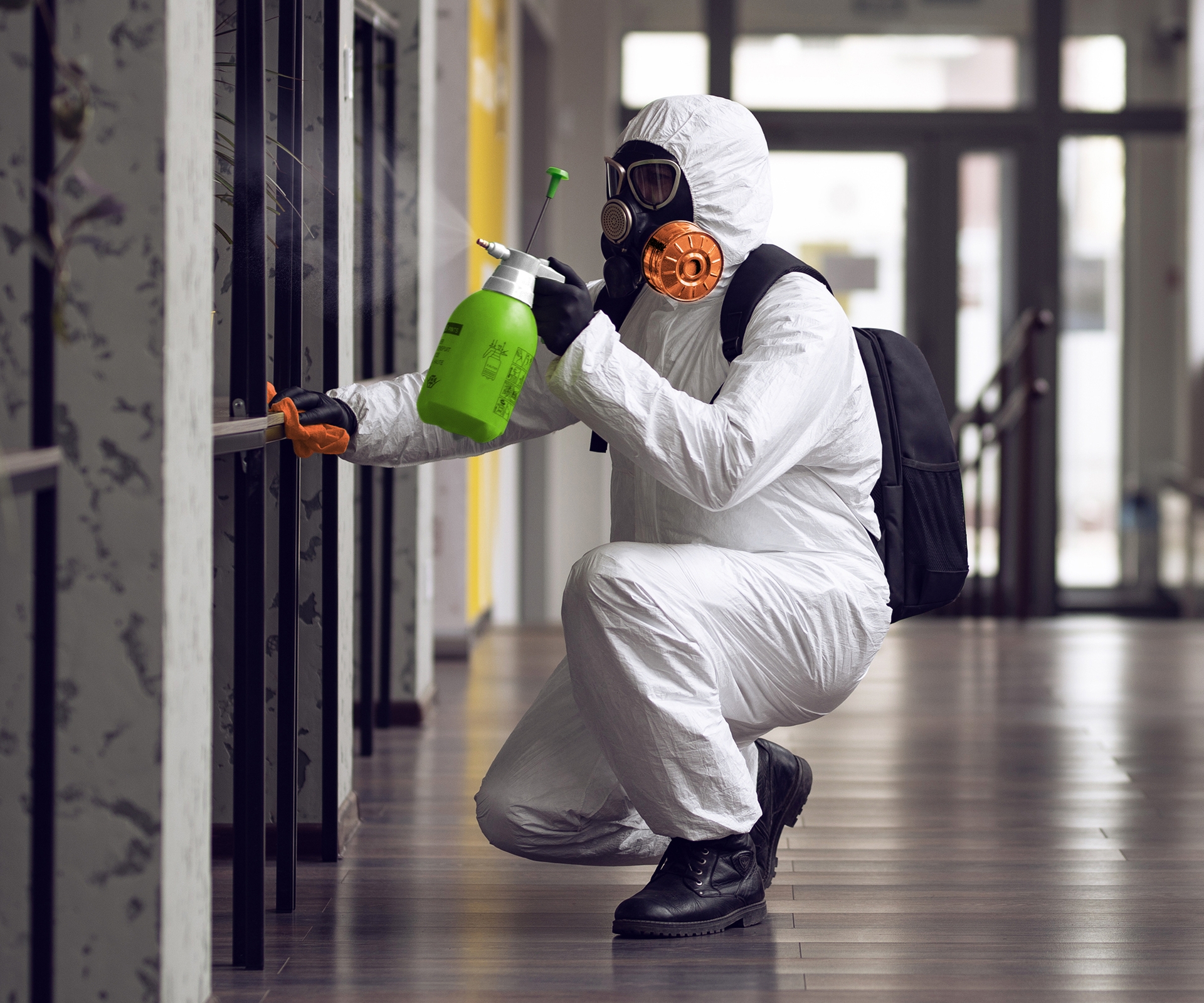After Mold Remediation Strategies for Tidy Areas
Effective Blog Post Mold Remediation Solutions for Your Home
Mold and mildew growth in homes can be a relentless issue, often calling for an organized technique for efficient post-remediation services. From comprehending the variables that add to mold advancement to applying appropriate cleansing strategies and wetness control procedures, the process can be complex yet essential for maintaining a healthy and balanced living environment. Additionally, checking out natural remediation services and establishing a regular for recurring upkeep are essential parts of a comprehensive mold and mildew removal technique. As property owners make every effort to resolve mold and mildew worries, discovering the most effective solutions comes to be extremely important for the wellness of their homes.
Comprehending Mold Development Variables
The key factor contributing to mold growth is wetness. Mold spores call for moisture to flourish and germinate, making wet or damp environments highly vulnerable to mold and mildew infestations.

In addition, airflow and light exposure can impact mold and mildew growth. Areas that lack appropriate ventilation and natural light are a lot more vulnerable to mold and mildew growth. By addressing these factors adequately, individuals can efficiently reduce mold growth and protect their living environments.
Proper Mold Cleaning Techniques
Using reliable cleansing approaches is important in attending to and stopping the reoccurrence of mold contamination in interior settings. When handling mold and mildew, it is critical to focus on security by wearing protective gear such as masks, goggles, and gloves. The very first step in appropriate mold cleansing is to have the afflicted area to prevent the spread of spores to unpolluted areas. This can be attained by securing off the room and utilizing air scrubbers or adverse air makers to keep air top quality.

Implementing Moisture Control Procedures
To properly stop mold straight from the source development and contamination in indoor environments, carrying out moisture control actions is vital. Additionally, ensuring correct ventilation in locations prone to moisture accumulation, such as restrooms and cooking areas, can help minimize the risk of mold development. By vigilantly applying these moisture control steps, homeowners can successfully lower the possibility of mold and mildew recontamination and maintain a healthy indoor setting.
Using All-natural Removal Solutions
After effectively applying wetness control actions to avoid mold and mildew growth in interior environments, house owners can currently explore the performance of natural removal services in keeping a healthy living area. Natural removal remedies utilize eco-friendly techniques to combat mold and mildew and mold, making them a popular selection for those looking for safe alternatives. One such remedy is utilizing vinegar, an all-natural antimicrobial agent, remove mold in auto carpet to disinfect and clean surface areas infected by mold. Simply thin down vinegar with water and spray it onto the impacted locations, allowing it to sit for a few hours prior to wiping tidy. In addition, tea tree oil, recognized for its antifungal residential properties, can be combined with water and splashed onto mold-infested surface areas to hinder more development. An additional all-natural alternative is hydrogen peroxide, which can properly eliminate mold and mildew on numerous surface areas without leaving unsafe residues behind. By incorporating these natural remediation services right into their cleaning routines, house owners can successfully fight mold growth while promoting a healthier interior setting for themselves and their households.

Maintaining a Mold-Free Atmosphere
On a regular basis checking locations susceptible to mold development, such as restrooms, attics, cellars, and kitchen areas, is critical. Correct air flow in locations click for info with high moisture levels is likewise essential to stopping mold growth.
Additionally, keeping cleanliness in the home is essential for mold prevention. Regularly cleansing and cleaning surfaces, rugs, and furniture can help get rid of mold spores prior to they have a chance to multiply and clear up. Utilizing mold-resistant items for building materials and furnishings can better assist in producing a mold-free environment. Keeping indoor plants in check and making certain appropriate drain in outdoor landscape design can decrease wetness accumulation, decreasing the likelihood of mold and mildew invasions. By following these aggressive maintenance techniques, house owners can successfully maintain a mold-free space.
Final Thought
To conclude, it is important to resolve mold and mildew growth factors, make use of appropriate cleaning strategies, apply wetness control steps, utilize all-natural remediation remedies, and preserve a mold-free atmosphere in order to effectively manage blog post mold remediation in your home - Post remediation mold testing near me. By following these methods, you can stop mold from repeating and make sure a healthy living environment for you and your family
The key variable contributing to mold and mildew growth is moisture. Mold spores need moisture to germinate and prosper, making wet or moist atmospheres extremely prone to mold and mildew invasions.To successfully stop mold development and contamination in interior environments, executing dampness control measures is critical. Additionally, making sure appropriate air flow in areas susceptible to moisture accumulation, such as shower rooms and kitchen areas, can assist decrease the danger of mold growth.After efficiently implementing moisture control actions to avoid mold development in interior atmospheres, home owners can currently check out the efficiency of natural remediation solutions in maintaining a healthy and balanced living room.